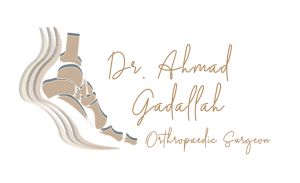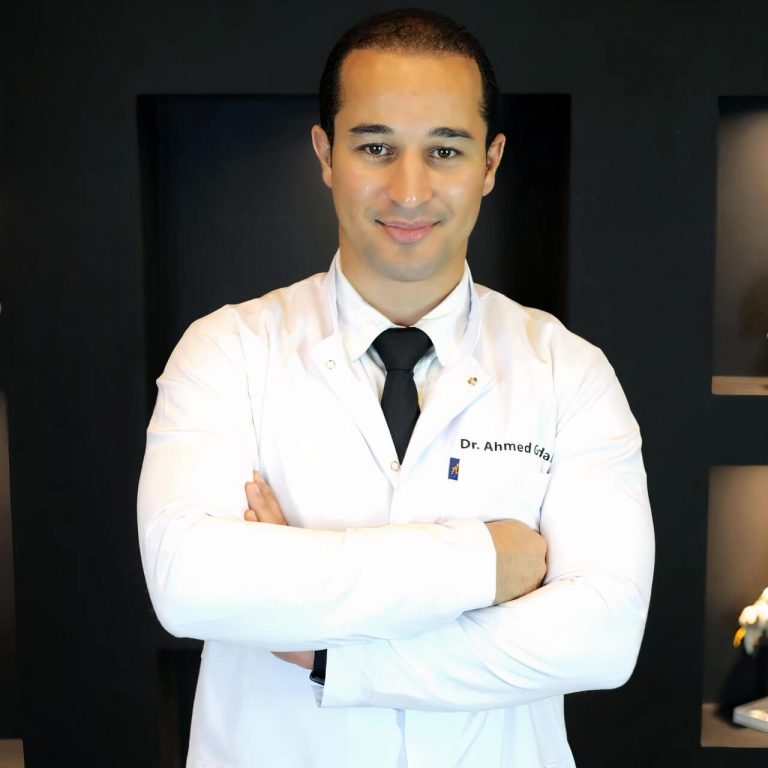What happens during arthroscopic surgery?
Each procedure may vary but the general process is the following:
- Your doctor will give you a local, a regional or a general anesthetic. If you are awake, you may be able to watch the procedure on a monitor.
- The surgeon will begin by making a few small incisions or cuts.
- The arthroscope is inserted through one of the incisions and the surgeon will look around in your joint using the attached camera.
- Information about the interior of the joint is transmitted to a screen.
- When the surgeon locates the problem in your joint, they may then insert small tools into the incisions to correct the issue.
- Dressings or bandages may be put on the incisions.

